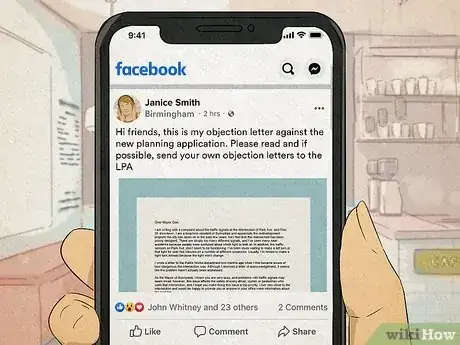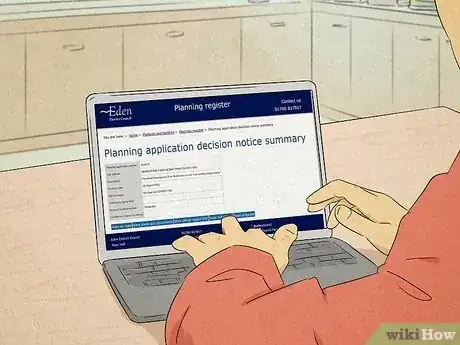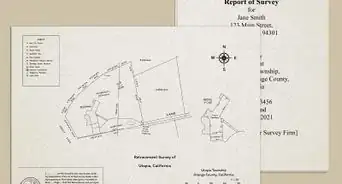This article was co-authored by Clinton M. Sandvick, JD, PhD and by wikiHow staff writer, Amber Crain. Clinton M. Sandvick worked as a civil litigator in California for over 7 years. He received his JD from the University of Wisconsin-Madison in 1998 and his PhD in American History from the University of Oregon in 2013.
There are 8 references cited in this article, which can be found at the bottom of the page.
This article has been viewed 63,912 times.
If you're a UK citizen and you want to stop a planned development from taking place in your community, you can submit a formal objection for consideration. In this article, we'll explain exactly who to get in touch with, which objections are considered valid, and how to formally submit an objection to give you the best chance at preventing this development. For our complete guide to the planning application objection process, read on!
Steps
References
- ↑ http://www.planningportal.gov.uk/wps/portal/genpub_LocalInformation?docRef=LocalInformation&scope=202&langid=0
- ↑ http://www.kent.gov.uk/waste-planning-and-land/planning-applications/comment-on-a-planning-application
- ↑ http://planningguidance.planningportal.gov.uk/blog/guidance/making-an-application/the-planning-register/
- ↑ http://www.legislation.gov.uk/uksi/2015/595/article/40/made
- ↑ https://respectmystreet.com/how-to-write-an-objection-letter/
- ↑ https://lawhive.co.uk/knowledge-hub/property/how-to-write-a-planning-objection-letter-to-the-council/
- ↑ https://respectmystreet.com/how-to-write-an-objection-letter/
- ↑ https://respectmystreet.com/how-to-write-an-objection-letter/
- ↑ https://respectmystreet.com/how-to-write-an-objection-letter/
About This Article
To object to planning applications, start by researching the planning application and visiting the site so you can make specific objections. Next, note your concerns about the negative effects the project may have on the quality of life in residential areas including noise, smell, loss of greenspace, loss of sunlight, and traffic. Then, detail each objection in writing using a professional tone, include the application number, and mail your letter to the LPA. For tips on following up your objection letter by attending council meetings, read on!




































































